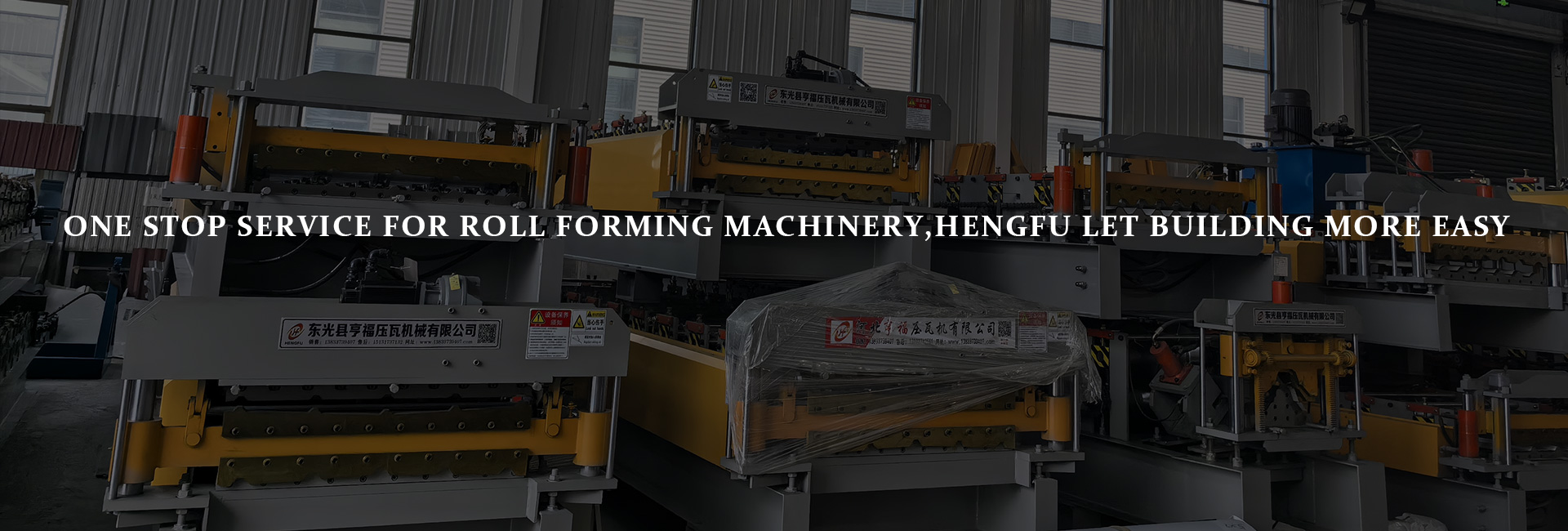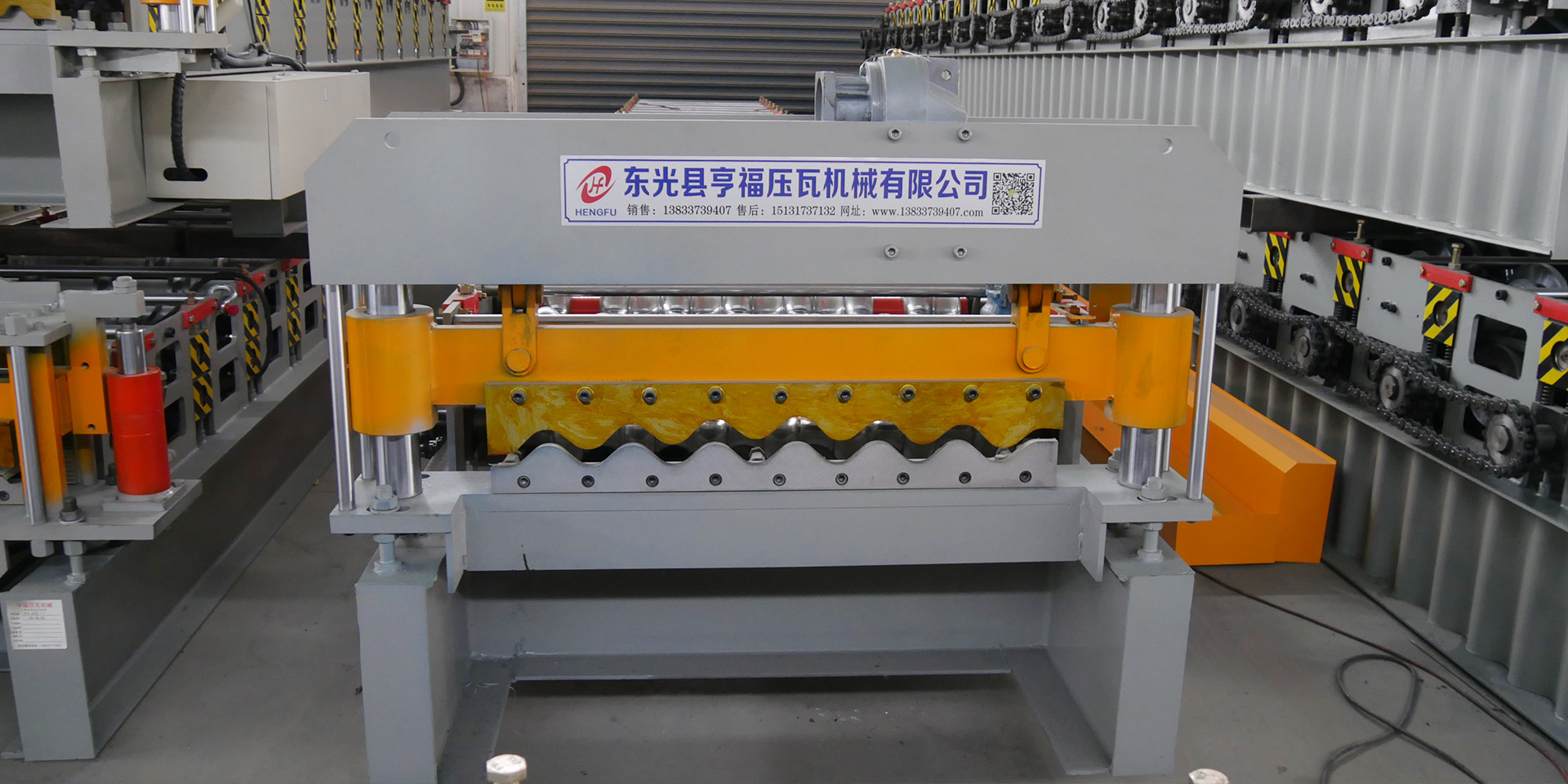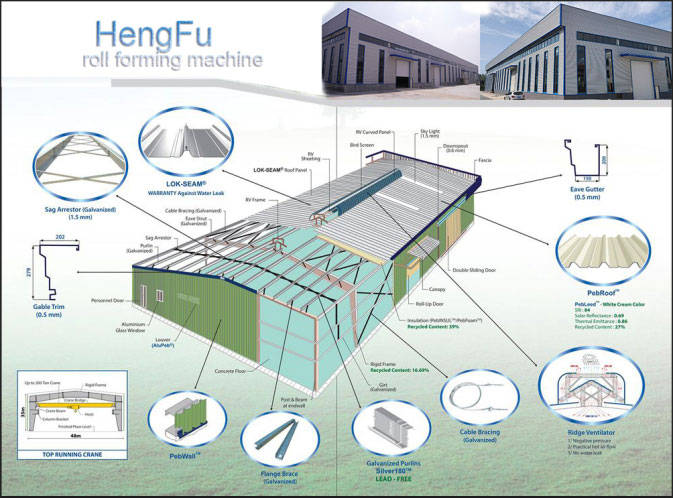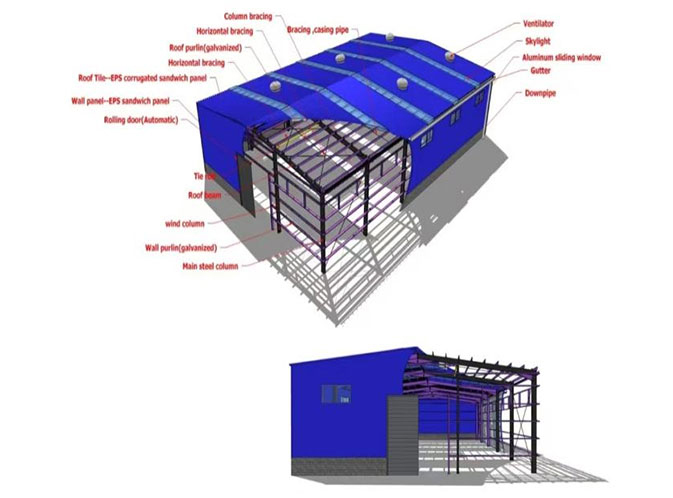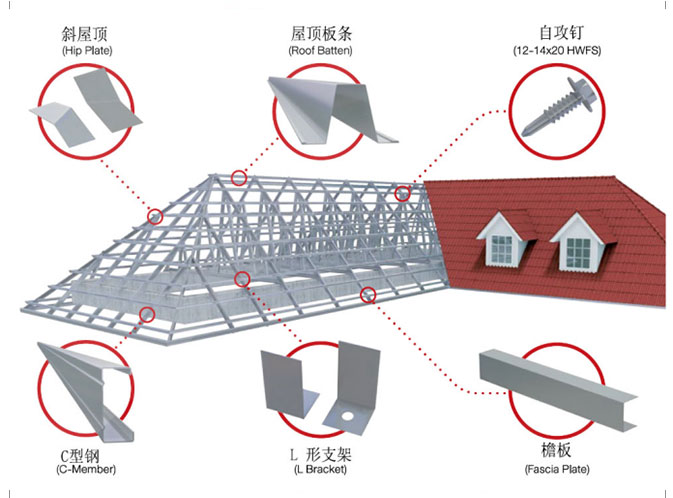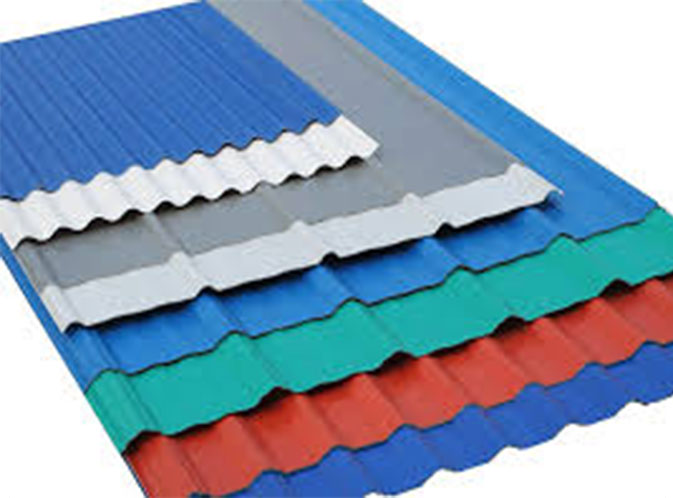The roll-forming machine is a crucial piece of equipment in the production of color-coated steel panels, widely used in the construction industry. When purchasing a roll-forming machine, small and large machines each have their characteristics. The choice depends on the scale of the enterprise and project requirements. Selecting the right machine not only improves production efficiency but also saves investment costs. This article will analyze the selection criteria for small and large roll-forming machines in detail to help companies make informed decisions based on their actual needs.
Characteristics of Small Roll-Forming Machines
1. Compact Size and Space Efficiency
Small roll-forming machines have a compact design, making them suitable for factories with limited space or more mobile production scenarios. They are particularly well-suited for individual operators or small-scale projects.
2. Easy Operation
Small machines generally have simplified control systems, requiring minimal technical skills from operators and resulting in lower training costs.
3. Lower Investment Costs
The cost of small machines is relatively low, making them an ideal choice for companies with limited budgets or new investors entering the color-coated steel panel industry.
4. Limited Production Capacity
Small roll-forming machines have limited production capabilities and are typically more suited for small-batch production. They may not meet the needs of large-scale or continuous production.
Characteristics of Large Roll-Forming Machines
1. High Production Efficiency
Large roll-forming machines are equipped with high-power motors and advanced automation systems, enabling fast and efficient mass production. They are ideal for medium to large enterprises or projects with long-term stable order requirements.
2. Versatile Functions
Large machines often support the production of multiple tile shapes, offering higher cutting and forming precision. This makes them suitable for producing high-end construction materials.
3. Complex Operation
Due to their multifunctional design, the control systems of large machines are more complex and require skilled technicians for operation and maintenance.
4. Large Space Requirements
Large roll-forming machines take up significant space and demand larger factory areas and production environments. Installation conditions must be carefully considered.
Selection Criteria for Small and Large Roll-Forming Machines
1. Production Needs
· Small Projects or Temporary Orders: For companies primarily focused on small-batch production or short-term orders, a small roll-forming machine is a more cost-effective choice.
· Large-Scale Production: For production lines with high annual output or long-term stable operations, a large roll-forming machine can better meet production requirements.
2. Budget Investment
· Small Roll-Forming Machine: Requires a lower initial investment, making it suitable for companies with limited capital.
· Large Roll-Forming Machine: Though more expensive, its efficient production capacity can provide faster returns on investment, ideal for companies with sufficient budgets.
3. Site Conditions
· Limited Factory Space: A small roll-forming machine is a more practical choice.
· Large Production Facilities or Expansion Plans: Companies with large factories or plans to expand their production facilities can consider a large roll-forming machine to meet future growth needs.
4. Tile Shape Requirements
· Small Roll-Forming Machine: Usually supports a single or limited tile shape production.
· Large Roll-Forming Machine: Offers greater flexibility for producing multiple tile shapes or customized tiles.
5. Workforce Configuration
· Small Roll-Forming Machine: Simple operation, manageable by regular operators.
· Large Roll-Forming Machine: Requires skilled technicians to ensure efficient operation, necessitating investment in operator training.
6. Order Stability
· Unstable Orders: A small roll-forming machine provides lower cost pressure and can adapt more flexibly to market fluctuations.
· Large and Stable Orders: A large roll-forming machine's high efficiency can better meet customer demands and enhance market competitiveness.
Common Selection Mistakes
1. Focusing Only on Price
Considering only the initial purchase price while ignoring long-term maintenance costs and production capacity can result in hidden losses during prolonged use.
2. Ignoring Actual Needs
Choosing a large machine without considering actual requirements may result in idle equipment, while opting for a machine that is too small may fail to meet production demands.
3. Lack of Technical Support
Purchasing a machine without operator training or technical support may affect its normal operation. It is essential to consider the supplier’s service capabilities during the selection process.
Conclusion
Both small and large roll-forming machines have their advantages. When selecting a machine, companies should comprehensively evaluate production needs, budget constraints, site conditions, and future growth plans. A well-thought-out selection strategy enables companies to improve production efficiency, reduce investment risks, and enhance market competitiveness.



